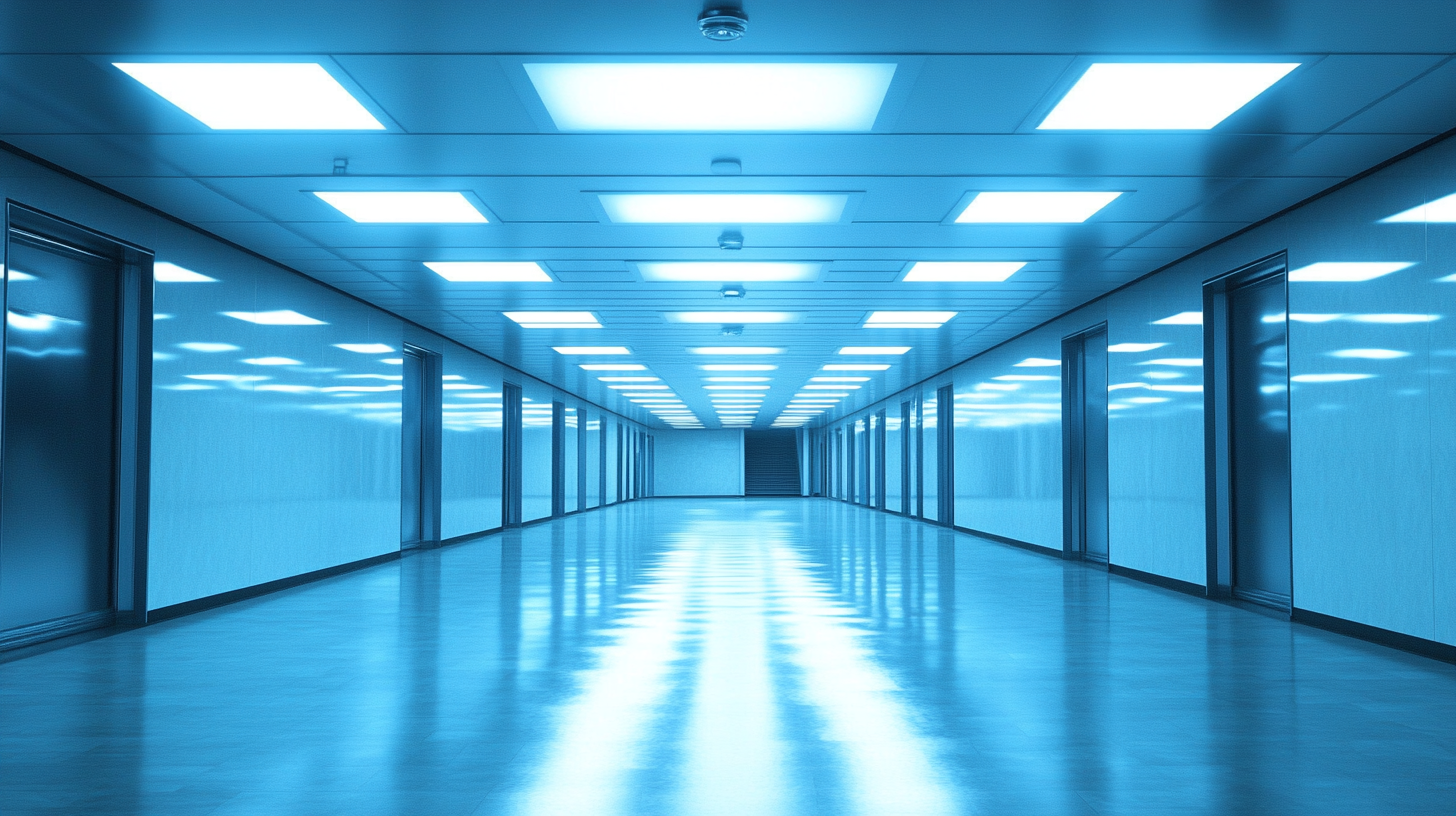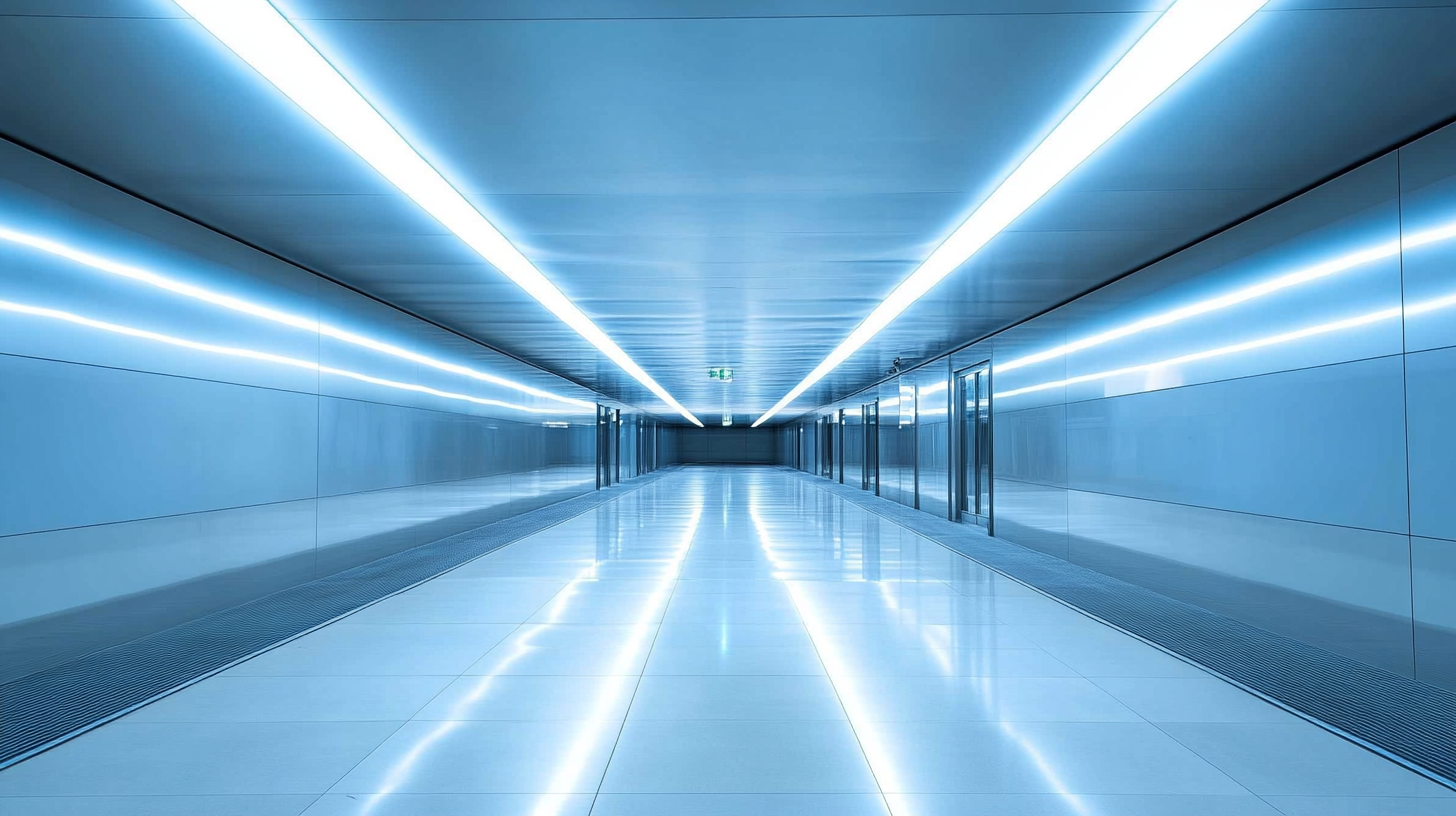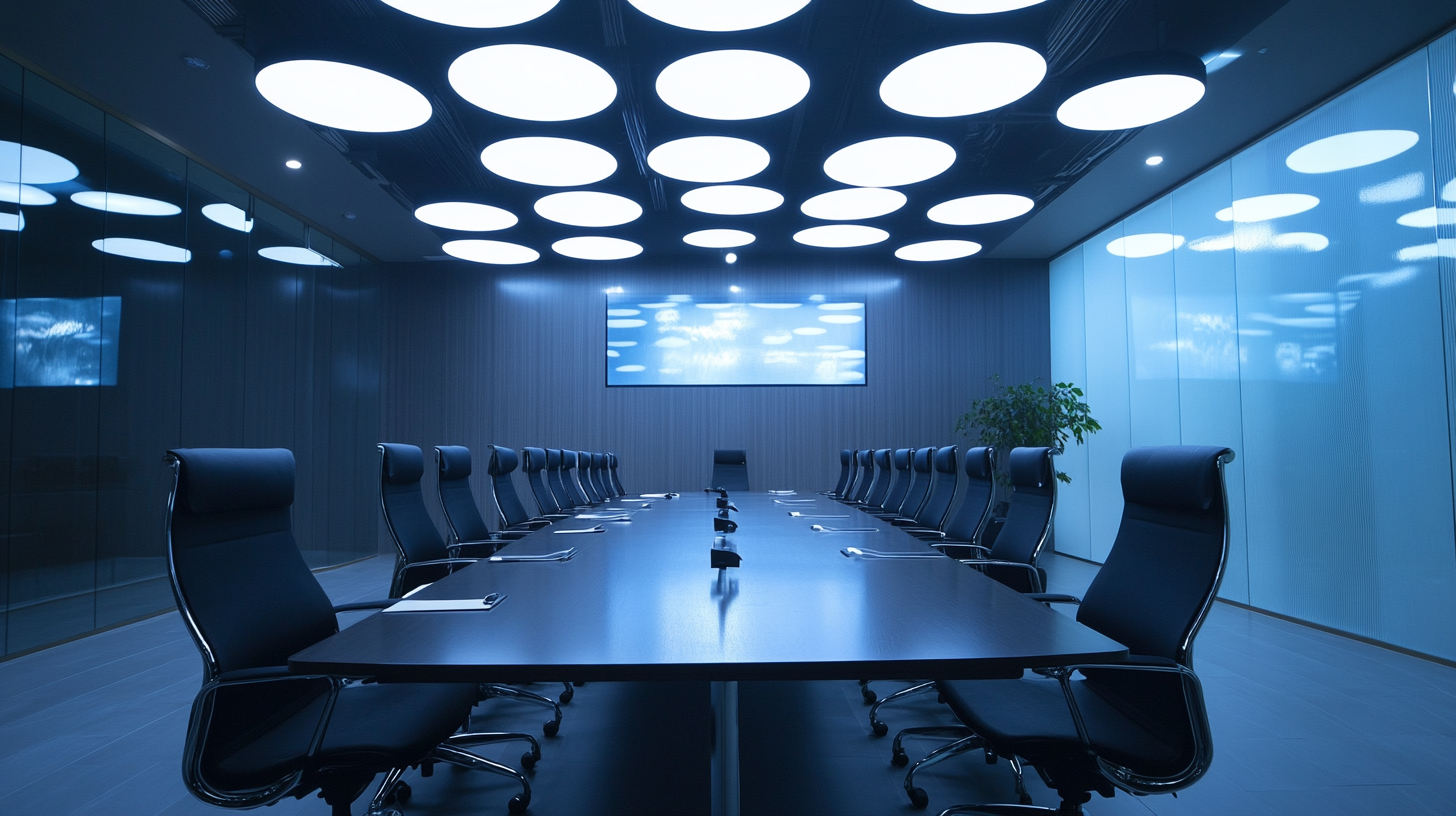Unlocking the Secrets of Best Commercial Led Lighting Technical Specifications and Choosing the Right Options
In recent years, the demand for Commercial Led Lighting has surged, driven by the growing need for energy efficiency and sustainability in various industries. According to a report by the U.S. Department of Energy, LED lighting could lead to annual energy savings of approximately $30 billion by 2027, revolutionizing how businesses approach their lighting needs. However, with a plethora of options available, it's vital for decision-makers to understand the technical specifications that define quality and performance.

Factors such as lumens per watt, color temperature, and lifespan play crucial roles in choosing the right lighting solutions for commercial spaces. By unlocking the secrets of these specifications, businesses can not only enhance their operational efficiency but also contribute to a more sustainable future.
This blog aims to provide insights into selecting the best commercial LED lighting options tailored to specific operational requirements and industry standards.
Understanding Key Technical Specifications for Commercial LED Lighting
When selecting commercial LED lighting, understanding key technical specifications is crucial for making an informed choice. One of the primary specifications to consider is lumen output, which measures the total amount of visible light emitted by a light source. For commercial spaces, such as offices and retail environments, it is essential to choose lighting that provides adequate brightness for tasks while maintaining an inviting atmosphere. A higher lumen output is typically needed for areas requiring focused attention, such as workstations or display areas.
Another vital aspect is color temperature, indicated in Kelvin (K). It influences the ambiance of a space, with lower temperatures (2700K-3000K) producing warm light and higher temperatures (4000K-5000K) yielding a cooler, more energizing effect. The choice of color temperature should align with the intended use of the area, balancing comfort and functionality. Additionally, considering the Color Rendering Index (CRI), which measures how accurately colors appear under the light, can further enhance the quality of illumination. For retail spaces, for instance, a higher CRI ensures that products are displayed in their best light, ultimately influencing customer perception and sales.
Trends in Commercial LED Lighting Technologies for 2025
As we approach 2025, the commercial LED lighting sector is set to witness significant advancements driven by the increasing emphasis on energy efficiency and sustainability. According to a report by Fortune Business Insights, the global LED lighting market is projected to reach $105.63 billion by 2025, growing at a CAGR of 14.8% from 2018. This surge is fueled by the urgent need for energy-efficient lighting solutions that not only reduce electricity bills but also contribute to lower carbon footprints.
One of the notable trends is the integration of smart lighting technologies. The rise of the Internet of Things (IoT) has enabled commercial spaces to adopt intelligent lighting systems that can be remotely controlled and programmed. A report from MarketsandMarkets indicates that the smart lighting market is expected to grow from $23.9 billion in 2020 to $47.5 billion by 2025, at a CAGR of 15.5%. This transition allows businesses to optimize energy usage and enhance the overall ambiance, thereby improving employee productivity and customer experience.
Moreover, there’s a growing demand for tunable white lighting, which adjusts color temperature according to the time of day. Research from the Lighting Research Center highlights that such adaptable lighting can improve mood and concentration, thereby boosting workplace efficiency. As these technological innovations unfold, businesses need to stay informed and make strategic choices to leverage the benefits of cutting-edge commercial LED lighting solutions.
Evaluating Energy Efficiency and Cost-Effectiveness of LED Options
In recent years, the transition to LED lighting has become essential for businesses aiming to enhance energy efficiency while minimizing operational costs. According to the U.S. Department of Energy, LED lighting can achieve energy savings of up to 80% compared to traditional incandescent bulbs, making it a pivotal choice for companies looking to lower their energy bills. The initial investment cost of LED fixtures may be higher, but their longevity—typically lasting 25,000 hours or more—means reduced replacement costs, contributing to overall cost-effectiveness.
When evaluating commercial LED options, it’s crucial to consider the Total Cost of Ownership (TCO). A report from the Lighting Research Center notes that while LEDs may have a higher upfront cost, they can save businesses an average of $10,000 over their lifetime when compared to standard lighting solutions, accounting for energy savings, maintenance, and replacement costs. Furthermore, the ability to integrate smart technologies with LED systems can further boost energy efficiency, allowing for real-time usage monitoring and adjustments that enhance cost savings. As companies prioritize sustainability, the selection of LEDs not only aligns with environmental goals but also translates into substantial financial advantages.

Selecting the Right Color Temperature and CRI for Your Setting
When it comes to commercial LED lighting, choosing the right color temperature and Color Rendering Index (CRI) can greatly impact the overall ambiance and functionality of your space. Color temperature, measured in Kelvin (K), influences how warm or cool light appears. For example, a lower color temperature (2700K-3000K) emits a warm, inviting glow, ideal for spaces like restaurants or lounges where comfort is key. Conversely, higher temperatures (4000K-5000K) produce a cooler, more energetic vibe, making them suitable for offices, hospitals, or retail environments where focus and alertness are crucial.

In addition to color temperature, CRI plays an essential role in how accurately colors are perceived under artificial lighting. It is measured on a scale from 0 to 100, with higher values indicating better color accuracy. A CRI of 80 or above is generally recommended for commercial settings to ensure that colors appear vibrant and true to life. For retail shops showcasing merchandise or galleries displaying artwork, a higher CRI (90 and above) can enhance visual appeal, attracting customers and enhancing their experience. By carefully selecting color temperature and CRI, businesses can create effective and inviting environments that promote productivity and satisfaction.
Future-Proofing Your Lighting Choices: Innovations on the Horizon
As technology continues to evolve, the future of commercial LED lighting is bright with innovations that promise to enhance efficiency and sustainability. One of the most exciting developments on the horizon is the integration of smart technology into lighting systems. These advanced systems allow for real-time monitoring and control, enabling businesses to optimize energy usage and reduce costs significantly. With features like automated dimming, remote access, and responsive lighting, organizations can tailor their environments to suit varying needs and preferences.
Another key innovation in LED lighting is the focus on circadian lighting design, which aligns with our natural rhythms to improve well-being and productivity. Future lighting solutions will increasingly incorporate tunable white and full-spectrum LED options, allowing users to adjust color temperatures throughout the day. This adaptability not only enhances employee comfort but also promotes health, ultimately contributing to a more productive workplace. As these revolutionary technologies emerge, businesses must stay informed and consider how these options can transform their lighting choices, ensuring they are not only modern but also future-proof.
Unlocking the Secrets of Best Commercial Led Lighting Technical Specifications and Choosing the Right Options - Future-Proofing Your Lighting Choices: Innovations on the Horizon
| Specification | Value | Importance |
|---|---|---|
| Wattage | 20W - 150W | Determines energy consumption and brightness |
| Lumens Output | 2000 - 21000 Lumens | Indicates the brightness of the light |
| Color Temperature | 3000K - 6500K | Affects ambiance and mood |
| Color Rendering Index (CRI) | >80 | Measures the light's ability to accurately render colors |
| Lifespan | 25,000 - 50,000 hours | Indicates how long the light will last |
| Dimmability | Yes/No | Allows for adjustable light levels |
| Energy Efficiency | >80% | Saves on electricity bills |
| Warranty | 3 - 5 years | Covers defects and failures |
